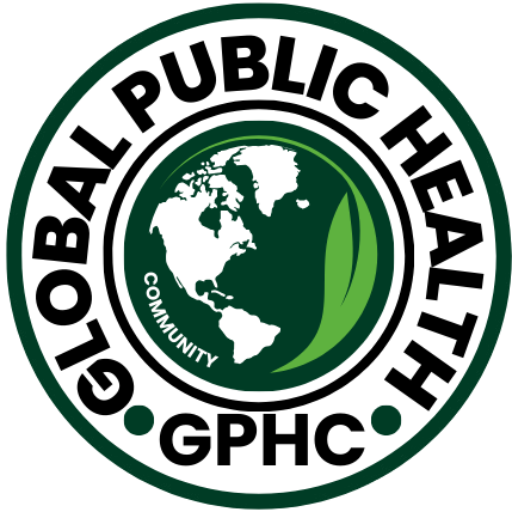India, known for its rich traditions in healing—from Ayurveda to yoga—is ironically facing a modern health crisis rooted in its affection for something far less holistic: antibiotics.
Why Indians Love Antibiotics
Walk into almost any pharmacy in India and you’ll find antibiotics handed out like candies—often without a prescription. Got a sore throat? Take an antibiotic. Fever? Antibiotic. Stomachache? You guessed it—another antibiotic. This widespread use stems from several factors:
Easy over-the-counter access (despite regulations) Low awareness about antimicrobial resistance (AMR) Pressure on doctors to “do something quickly” Mistrust in the healthcare system leading to self-medication Cultural belief that a stronger drug equals faster healing
In 2022, India was the world’s largest consumer of antibiotics, according to a study published in The Lancet. This isn’t just a healthcare quirk—it’s a public health emergency.
What’s the Big Deal?
While antibiotics are powerful and lifesaving when used properly, their misuse has serious consequences:
1. Antimicrobial Resistance (AMR)
Overusing antibiotics helps bacteria evolve into “superbugs”—strains that no longer respond to common medicines. India is already battling drug-resistant TB and urinary tract infections at alarming rates.
2. Killing the Good Bacteria
Antibiotics don’t just kill the “bad” germs—they also wipe out healthy gut flora. This can lead to digestion issues, lowered immunity, and conditions like Clostridium difficile infection (CDI).
3. Side Effects
Common side effects include:
Nausea and vomiting Diarrhoea Skin rashes and allergic reactions Yeast infections Long-term liver or kidney damage (with repeated misuse)
4. Delayed Proper Treatment
Antibiotics won’t help viral infections like the common cold or flu. Using them unnecessarily delays proper treatment, masks symptoms, and worsens outcomes.
Facts to Know
Over 50% of antibiotics sold in India are used inappropriately. India has one of the highest rates of antibiotic resistance globally. Many people take incomplete doses, leading to stronger bacteria surviving.
What Can Be Done?
1. Educate the Public
Campaigns in schools, workplaces, and social media should focus on the dangers of antibiotic overuse.
2. Enforce Regulations
Pharmacies must be held accountable for illegal sales without prescriptions.
3. Train Healthcare Providers
Doctors and health workers need better training on prescribing antibiotics rationally.
4. Promote Alternatives
Encouraging rest, fluids, home remedies, or symptomatic treatment for viral infections can reduce unnecessary antibiotic use.
Final Word
Antibiotics are precious. They’re not “one-size-fits-all” pills but tools that must be used with precision. India’s over-reliance on them has turned a miracle cure into a looming threat. It’s time to break up with casual antibiotic use—before they stop working altogether.




